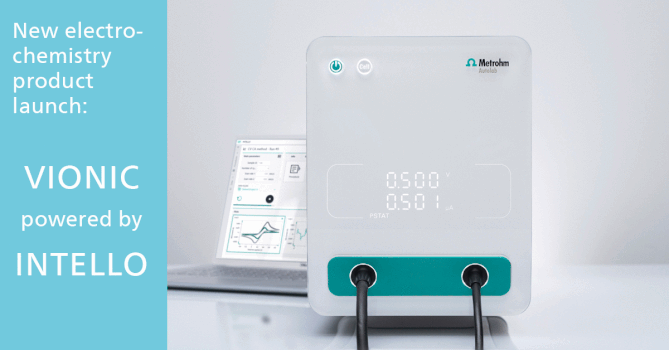Use of an Organo-Mineral Complex in Remediation of Contaminated Soil
Abstrakt
This contribution provides data on the use of an organo-mineral complex (OMC) to remove chlorinated organic pollutants from soil. The key role in reduction of bioavailability of soil contaminants in soil is played by the organic matter, mainly by humic acids. Adsorption/desorption experiments with pentachlorophenol (PCP) as a model chloroaromatic compound, were carried out with OMC on the basis of clay mineral (zeolite) and organic matter, both natural products with excellent sorption properties. Their sorption characteristics were studied with three types of unsterilized soil in the presence of indigenous microorganisms. Subsequently, biodegradation of PCP was studied in the same types of sterilized soils bioaugmented with bacterial isolate Comamonas testosteroni CCM 7350, with and without addition of OMC. The immobilization effect of OMC depends on the concentration of PCP and organic carbon content in soil. The activity of microorganisms and the effect of acid rains lead to gradual release of the reversibly bound PCP. OMC appeared to be a good trap for PCP with potential application in bioremediation technology. Fast and effective adsorption, and low and gradual desorption may serve as pretreatment steps of biodegradation for reducing the PCP content in soil and thus reducing its potential toxicity.Stahování
Publikováno
15.11.2007
Jak citovat
Dercová, K., Sejáková, Z., Skokanová, M., Barančíková, G., Makovníková, J., & Růžička, J. (2007). Use of an Organo-Mineral Complex in Remediation of Contaminated Soil. Chemické Listy, 101(10). Získáno z http://ww.w.chemicke-listy.cz/ojs3/index.php/chemicke-listy/article/view/1736
Číslo
Sekce
Články




